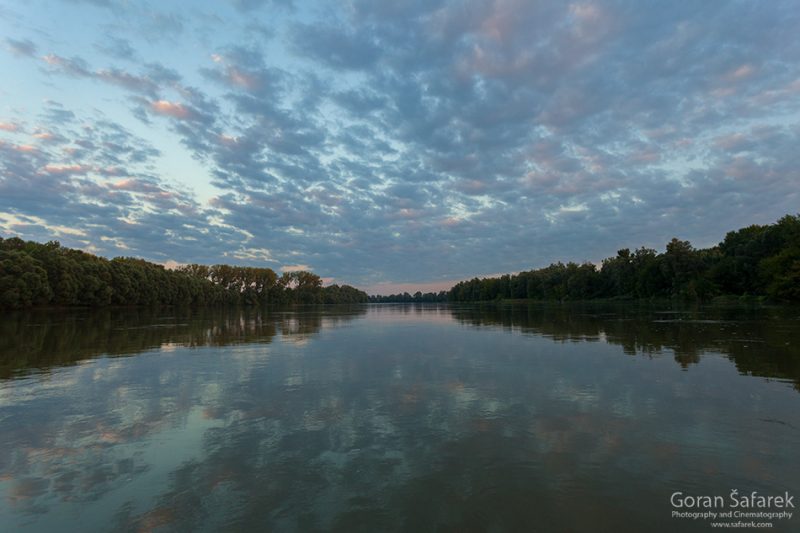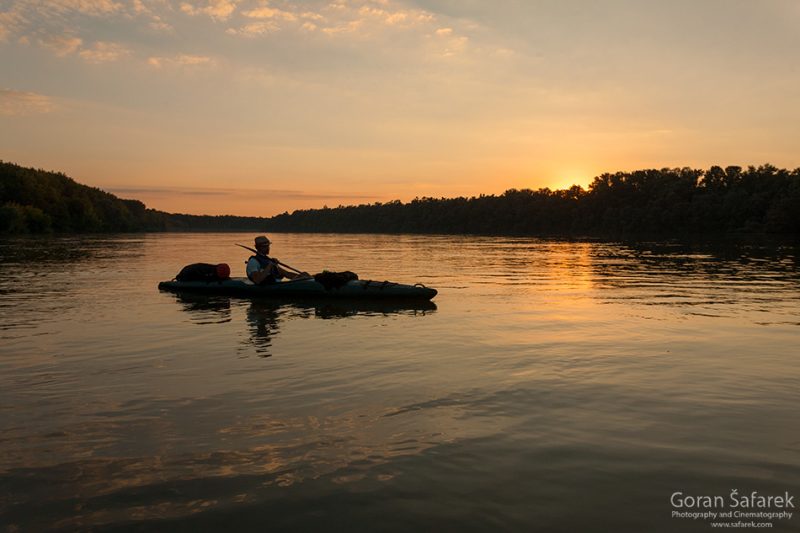Since billions of years, these rivers are flowing and have seen many civilization and empires rise and fall. In fact, first civilizations were born on the fertile floodplains of African and Asian rivers like Nile, Euphrates or Indus. People were drawn to the benefits of the floods that fertilized the land and made possible the agriculture. Later irrigations enhanced further the reach of the floods.
Rivers were natural borders, but also transportation routes. Limes on the Danube was the huge border of civilized Rome and primitive eastern tribes of ancient times. People also used water energy for watermill and sawmills.
Civilization, markedly in last century, however, brought intensive devastation. The ceaseless energy of rivers has long been used for watermills and for trade, but the intense exploitation didn’t start until the 20th century. Watercourses have been altered using dams within hydroelectric power plants that produce energy for households and factories. River navigation stimulates industrial development. For all those reasons rivers have been changed, adapted to man. Besides, there is a technology ready to carry out extensive regulations such as flood and erosion defense systems, and defense systems against other harmful effects of water. As a result, the majority of European lowland rivers have become sterile watercourses with fixed and concrete banks.
Over time science has shown that many measures were taken by erosion and flood defense systems, the exploitation of water energy, and regulations for navigability prove harmful for the normal functioning of rivers. The understanding that nature is only a resource now is outdated, while/whereas many functions of rivers have been recognized as useful for humans, even if this is not visible at first sight. Rivers are no longer seen as long, straight or slightly curved watercourses.

A river is much more than water flowing between its banks, it is the water which „flows“ upwards as rain and evaporation, it goes down in the underground, moves right and left as side branches, oxbow lakes, flooded meadows, and forests. This kind of knowledge brought about the new evaluation of rivers, not only as the concentration of biodiversity but also as a valuable economic resource. A natural river with all its elements actually represents the best defense against seasonal floodings, more efficient than any regulation. Natural aquatic plants in water and along river banks very successfully remove organic and mineral pollution pouring into the water from fields, industry or human settlements.
Perhaps the most significant benefit produced by preserved rivers is invisible: the natural equilibrium. If this equilibrium is disrupted, it may result in enormous, unpredicted consequences within the complex system of rivers, as shown in the example of the altered level of subterranean water.
The European Union has included the latest scientific discoveries about rivers into its legislation. The basic strategy of water management is covered by the Water Framework Directive – WFD. The aim of the document is preservation and sustainable river management. By WFD, a river should be given room to achieve its functions in its own dynamics. Many European countries nowadays revitalize their rivers.
